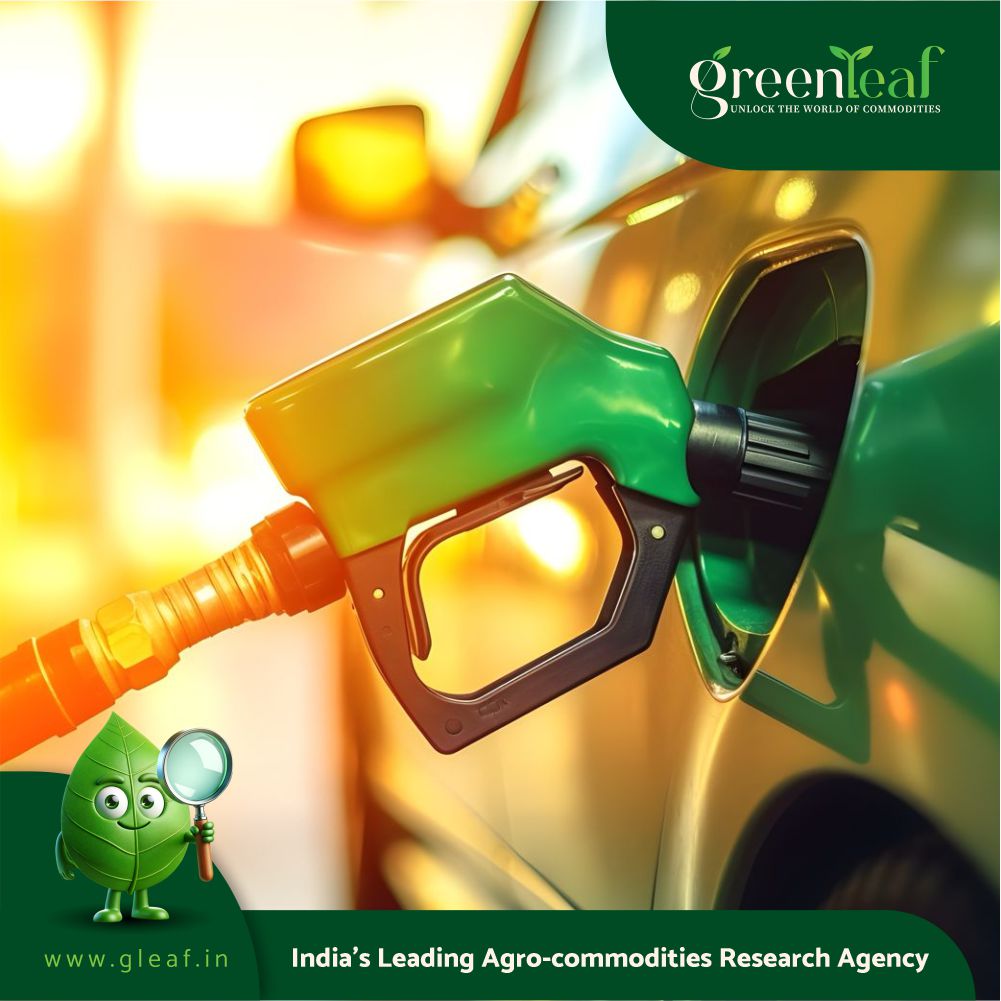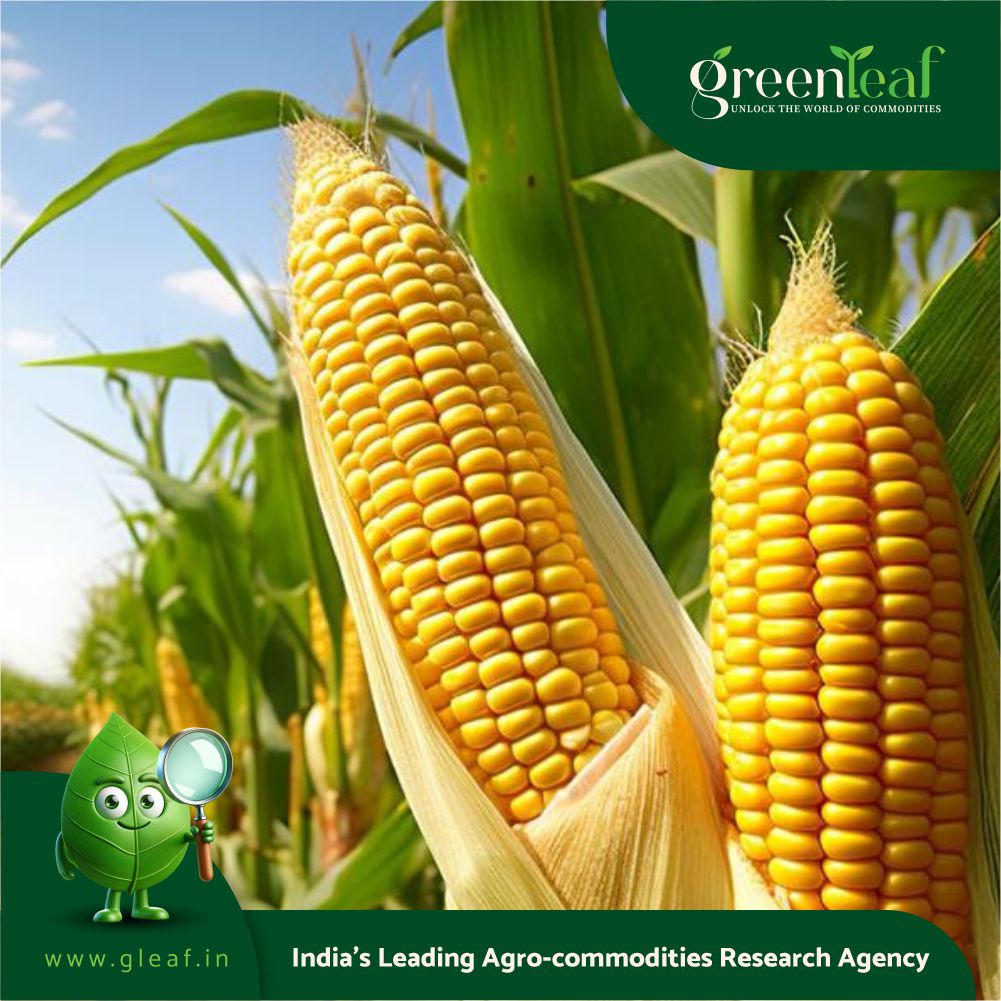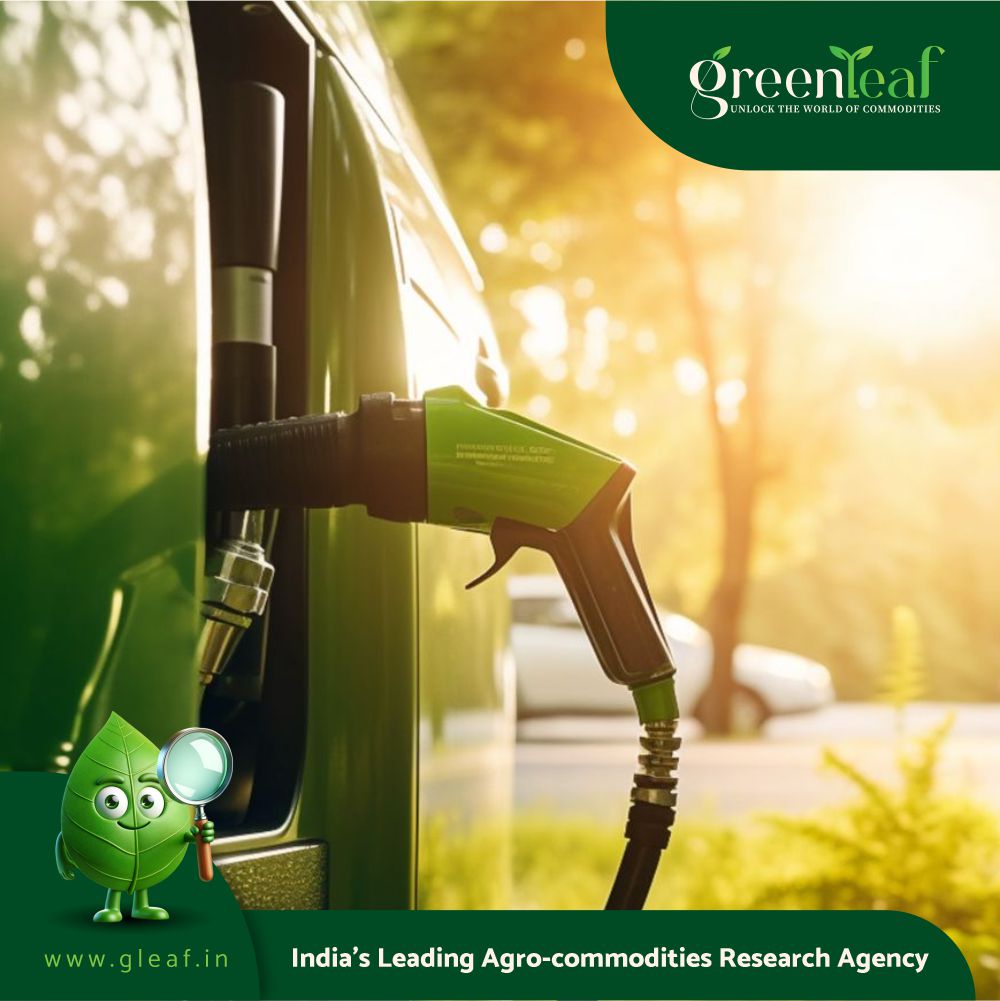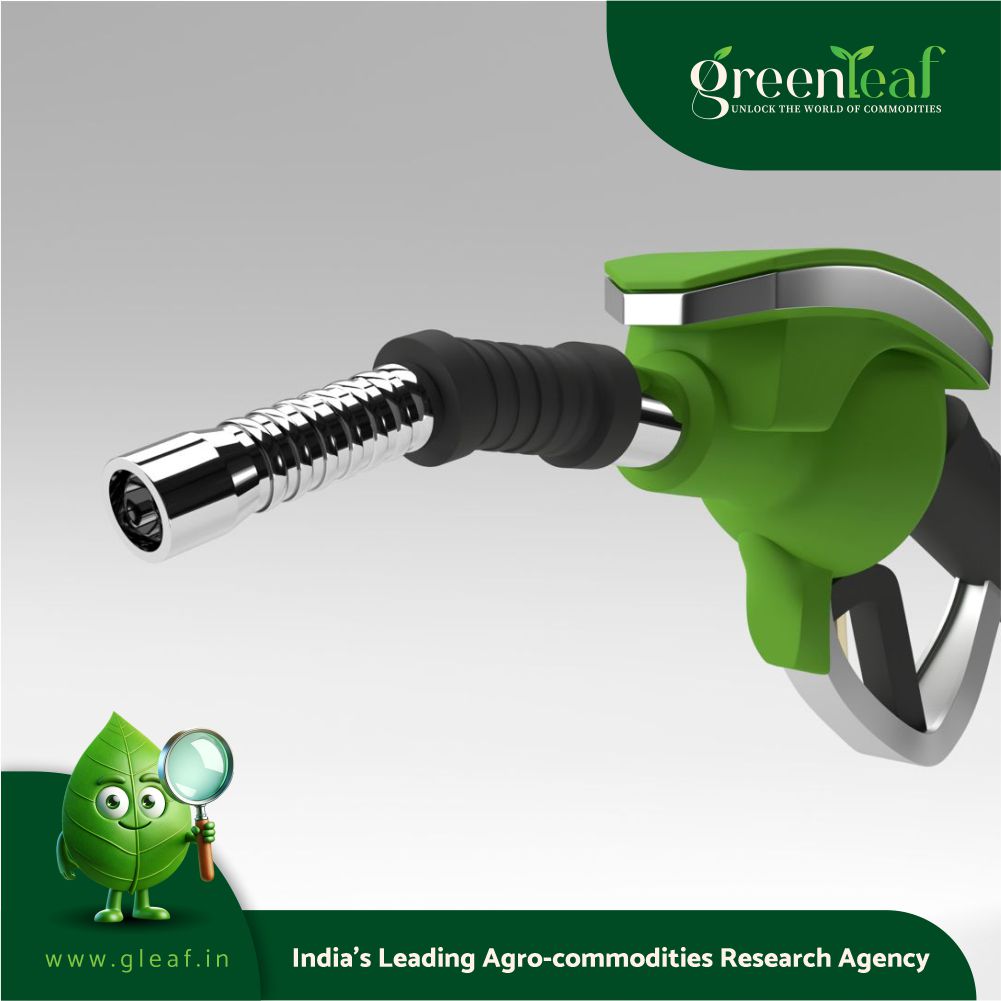The Indian sugar industry is calling on the government to reinstate a balanced 50:50 ratio for grain-based and sugar-based ethanol production. Such a move would allow sugar mills to diversify revenue streams, improve cash flows, and ensure timely payments to farmers, thereby enhancing their overall financial stability, says Deepak Ballani, Director General of the Indian Sugar & Bio-energy Manufacturers Association (ISMA).
In an interaction with ET Digital, Ballani emphasises that subdued sugar prices and an uncertain ethanol pricing framework are currently causing financial strain in the sector. This uncertainty is making it difficult for mills to meet their payment obligations to farmers and maintain sustainable operations. Meanwhile, ISMA expects the upcoming 2025-26 sugar season to be a bumper in terms of production. Edited excerpts:
The Economic Times (ET): Where does India stand in terms of sugar production? What are the projections for next season?
Deepak Ballani (DB): The main sugar season 2024-25 has nearly concluded and India's sugar production for the season is expected to conclude with a net sugar production of approximately 261-262 lakh tonnes. The special crushing season in South Karnataka and Tamil Nadu, scheduled from June-July to 30 September 2025, is anticipated to add 3-4 lakh tonnes of sugar to the current season's production, as several factories resume operations during this period. Including special season, the sugar production of around 261-262 lakh tonnes has been projected, after diversion to ethanol.
In December 2024, we had estimated sugar consumption at 280 lakh tonnes, down from 290 lakh tonnes last year. The final figure is expected to be around 279-280 lakh tonnes. Given this, the closing stock is likely to be approximately 52 lakh tonnes.
By September 30, we aim to have a closing stock equivalent to about two months' worth of sugar, as our mills typically start operating again in the second or third week of October.
Since new sugar stocks take time to arrive, we maintain a two-month buffer for October and November to ensure a smooth transition and uninterrupted supply. With a combined estimated consumption of 45 lakh tonnes for October and November, and a current stock of 52 lakh tonnes, we are well-covered. Additionally, with Diwali expected early this year, mills will start operating by the third week of October, ensuring a timely arrival of new stock.
Adequate stock levels have a direct impact on prices, and with sufficient stock, prices tend to stabilise, reflecting a healthy market situation. The domestic sugar prices have decreased by around Rs 100-150 per quintal over the past two months.
Notably, the upcoming 2025-26 sugar season is expected to be bumper in terms of production, driven by increased crop area and yields, particularly in key sugar-producing states like Maharashtra and Karnataka.
ET: What are expectations from the next season?
DB: With a projected bumper production for the 2025-26 season and expected diversion of 40-45 lakh tonnes for ethanol, considering potential price revisions, we are likely to see a significant accumulation of sugar stocks. However, the current global price scenario isn't favorable for exports, which could pose a challenge when India has a substantial sugar stockpile by November and December. If global prices remain muted, it might be difficult to export sugar at that time. A large accumulation of sugar stocks, coupled with potentially muted global prices and limited export opportunities, could lead to a weakening of domestic sugar prices. This, in turn, might cause significant challenges for the industry, including delayed cane payments and other related issues.
ISMA is pushing for three key agendas this year — ethanol rate hike, minimum selling price and export announcement to save the industry.
The industry seeks advance permission for sugar exports in order to plan production schedules effectively, as production of raw sugar requires some technical or process changes in the sugar plant. Knowing the export quota beforehand would allow them to decide on the quantity of raw sugar to produce, which is in higher demand globally, and better manage their overall production and diversion to ethanol.
ET: What is the sugar recovery rate on an average? The sugar recovery rate has been fluctuating in the key producing states in the recent past. How have things been on this front?
DB: In the 2024–25 sugar season, the gross sugar recovery rate stands at around 10.45%, lower than the 10.7% to 10.9% range recorded over the past two to three years. Regionally, Uttar Pradesh saw a decline of 0.6 percentage points, while Karnataka recorded a slight increase of 0.1 percentage point over last year. In Maharashtra, the recovery rate declined by 0.2 percentage points compared to the previous season.
Going forward, sugar recovery in Uttar Pradesh is expected to remain stable, while Maharashtra and Karnataka may witness some improvement in the coming season. In Uttar Pradesh, varietal replacement is underway, particularly in the central and eastern regions, where farmers are shifting to different sugarcane varieties. This transition is largely driven by concerns over climate change and the need for pest and disease resistance varieties. In contrast, the western parts of the state are not facing the same level of varietal pressure, and sugarcane cultivation there remains relatively stable.
ET: Experts are urging the replacement of sugarcane variety Co 0238 due to its susceptibility to red rot disease, which has led to declining yields. But, do we have enough high-yielding, disease-resistant, and high-sugar-content varieties as replacements?
DB: Developing new sugarcane varieties typically takes 10 to 12 years, but efforts are underway to accelerate the process using advanced breeding technologies. It usually takes 2 to 3 years for new varieties to gain a significant share in cultivation. Varietal trials are being conducted under ISMA – ICAR project, and first year test results have identified 2 to 3 promising new varieties for sub tropical regions. These varieties are showing encouraging results in terms of both yield and sugar recovery, offering optimism for improved performance in the coming seasons.
ET: ISMA has been lobbying with the government to establish a linkage between Fair and Remunerative Price (FRP) and sugar and ethanol prices to make the sugar price more competitive. You have been saying that every time the FRP is increased there should be a corresponding revision in sugar and ethanol prices, making ethanol production less profitable for sugar mills. How are things moving?
DB: For the 2025–26 sugar season, the government has increased the FRP of sugarcane by Rs 15 per quintal, bringing it to Rs 355 per quintal. This is a positive step to motivate farmers. However, ethanol prices have remained unchanged since the 2022–23 season. Currently, B-heavy molasses-based ethanol is priced at Rs 60.73 per litre, and sugarcane juice-based ethanol at Rs 65.61 per litre. In contrast, the cost of production is significantly higher—around Rs 70.70 per litre for juice-based ethanol and Rs 66.09 per litre for B-heavy molasses-based ethanol.
If we assess this against a reasonable return on investment of 6–8%, the price of juice-based ethanol should be around Rs 76.33 per ltr, and B-heavy ethanol around Rs 70.65 per litre, according to the formula that was historically used by the government. We have shared this calculation and recommendation with the government for consideration and revision of ethanol prices.
The sugar industry needs profitability to invest further, repay loans, and ensure timely payments to farmers. Without financial stability, the industry's growth and sustainability will be at risk.
ET: Previously, ethanol derived from sugarcane accounted for over 70% of the supply to India’s ethanol blending programme (EBP). However, this share has now dropped below 30%, reflecting a significant shift in the feedstock mix. In contrast, the contribution of grain-based ethanol has surged, rising from 27% to around 72%. Notably, sugar mills have invested around Rs 40,000 crore for ethanol production facilities. Isn’t this trend detrimental to the interests of the sector?
DB: The industry is seeking the government's support in restoring the 50:50 share of grain and sugar for ethanol production. This would help sugar mills generate revenue and ensure timely payments to farmers. Without a stable ethanol production framework and with depressed sugar prices, the industry's financial sustainability and ability to repay farmers would be at risk.
ET: Is producing sugar currently more profitable than ethanol for sugar mills?
DB: The sugar industry needs to strike a balance between sugar production and ethanol production. Historically, when ethanol production wasn't a significant factor, the industry faced challenges like delayed payments and arrears due to low domestic sugar prices and high production levels. Now, with ethanol production, the industry can diversify its revenue streams and better manage its finances. Both sugar and ethanol production are crucial for the farmers welfare and industry's sustainability and growth.















